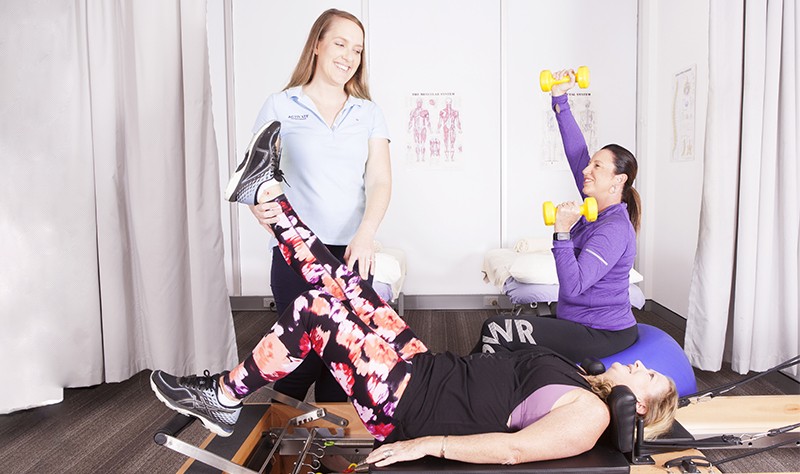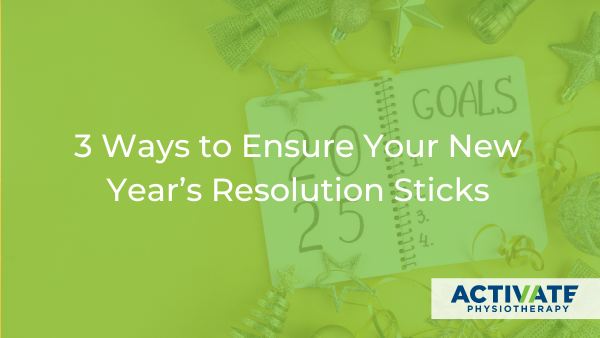Setting Yourself Up for Success: New Year’s Fitness Resolutions That Stick
The New Year often inspires us to embrace new beginnings and set ambitious goals for our health and fitness. While it’s exciting to think about all the ways we can improve, trying to overhaul everything at once can quickly lead to burnout. The key to lasting success lies in starting small, planning thoughtfully, and practising consistently. Here are three essential strategies to make your New Year’s fitness resolutions achievable and sustainable.
1. Start Small: Focus on One or Two Goals
It’s tempting to dive into the New Year with a long list of fitness objectives: running a marathon, improving flexibility, mastering Pilates, and hitting the gym five days a week. However, trying to tackle too much at once can be overwhelming and counterproductive. Instead, pick one or two areas to focus on.
For example, if you’ve been struggling with back pain, you might decide to commit to a weekly Pilates class to build core strength and improve posture. Or, if you’re recovering from an injury, your goal might be to stick to a tailored exercise prescription created by a physiotherapist to gradually regain strength and mobility.
Starting small allows you to give each goal the time and energy it deserves, setting you up for greater success.
2. Make a Plan
A resolution without a plan is just a wish. Once you’ve chosen your focus, map out how you’ll achieve it. Be specific and realistic about your timeline and steps.
For instance, if you want to build cardiovascular fitness, your plan might include three 30-minute walks or runs per week, gradually increasing the duration or intensity. If your goal is to incorporate strength training, schedule two sessions each week, using resistance exercises recommended by your physiotherapist or exercise physiologist.
Tools like calendars, apps, or even a simple notebook can help you track your progress. Seeing your efforts add up over time is not only motivating but also a tangible reminder of how far you’ve come.
3. Practice to Make It a Habit
Consistent practice is the bridge between a plan and a habit. By repeating a behaviour regularly, it becomes part of your routine and requires less mental effort to sustain. This is where the magic happens—what once felt like a chore becomes second nature.
Let’s say your goal is to improve flexibility and reduce stress through weekly yoga or Pilates sessions. Initially, you might need reminders to attend class and carve out the time. But after a few weeks of showing up, you’ll notice it’s easier to prioritise because it’s become part of your weekly rhythm. Similarly, practising rehab exercises prescribed by your physiotherapist consistently—even for just 10 minutes a day—can lead to significant improvements over time.
Bringing It All Together
The journey to achieving your fitness goals is about progress, not perfection. By focusing on one or two meaningful goals, creating a realistic plan, and practising consistently, you’ll set yourself up for long-term success.
If you’re unsure where to start or need guidance on crafting a plan tailored to your needs, our team at Activate Physiotherapy is here to help. Whether it’s Pilates, exercise prescription, or rehab support, we’re passionate about helping you move better, feel stronger, and achieve your goals.
Let’s make this year your healthiest yet. Reach out to us today to learn more!



Recent Comments